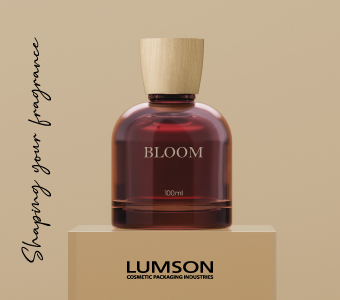It is the first decision of this kind after the British bodies regulating advertising practices have published a new advertising guidance that aimed to bring greater clarity about digital retouching for the cosmetics sector. The prohibition follows a complaint by Liberal Democrat MP Jo Swinson that the ads were misleading, because of digital alterations and concerns a two-page magazine ad for the Teint Miracle foundation by Lancôme, featuring an image of actress Julia Roberts, and a magazine ad for The Eraser foundation by Maybelline, featuring an image of top-model Christy Turlington.
In both cases, L’Oréal admitted to the ASA that "post-production techniques" had been used, but claimed the images accurately illustrated the results the products could achieve. The cosmetics firm provided details on how the photographs were digitally retouched. In the Lancôme case L’Oréal even provided before and after laboratory pictures of testers wearing the foundation.
Nevertheless, the ASA deemed that the information provided by the company did not enabled it to conclude that the ad images accurately illustrated what effect the products were capable to achieve. By prohibiting the ads from further appearance, the British watchdog implied the digital postproduction techniques used might have exaggerated the results of the products.

A few months ago the Committee of Advertising Practice (CAP) and the Broadcast Committee of Advertising Practice (BCAP) issued a Help Note on ’The use of production techniques in cosmetics advertising’. This document is supposed to clarify under which circumstances pre and post production techniques are admissible, or not, in cosmetic ads. The Help Note gives examples of production techniques that, depending on their use, are likely to mislead and those that are not. The text allows “minor adjustments to correct for lighting problems and other photographic issues.” Apparently the ASA has opted for a stringent interpretation of the document.




































